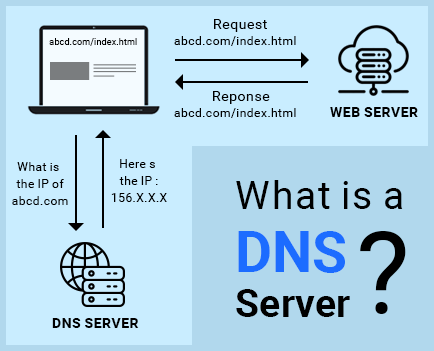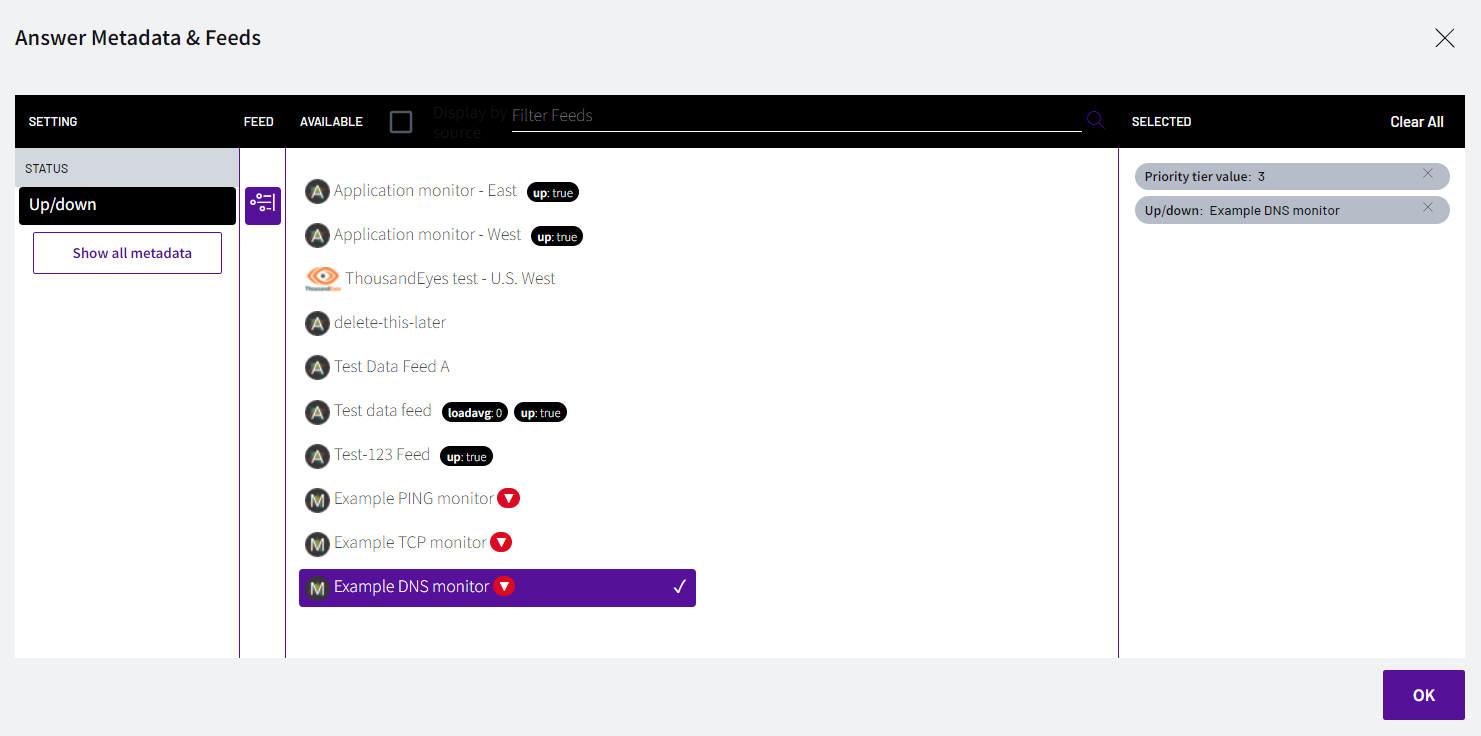
HTTP is the protocol that allows web server software for delivering files and data over the Internet. In addition to allowing users to access the internet from anywhere in the world, it also offers security features that protect data and prevent attacks.
Many different types of software for web servers are available, both open-source and commercial. There are many different types of web server software available, including open source and commercial products.
What is a Web Server?
Web servers are applications that keep files and content of a site, like HTML or PHP, accessible to Internet users. Usually, a client makes an HTTP request for a specific file and the server responds with the requested file or information, such as an error message.
The most popular servers include Apache, Nginx, Tomcat and Lighttpd. Some are free, while others require licensing fees. Be sure to check the details of each license before you install a server.

What platform should I use?
Most of the popular web server software runs on Unix or Linux operating systems, but Windows offers a few additional options. No matter what OS system you choose, make sure the software you choose will work with your hardware and be able to be used by users with different operating systems.
Which Web Server Platforms Do You Recommend?
The majority of web servers are compatible with a wide range of operating system, making them perfect for companies looking to host a site on a number different platforms. Some of these web server platforms allow for multi-languages, while other allow you to set up the server as a SSL (Secure Sockets Layers), or proxy server.
What is the difference between Static and Dynamic Web servers?
A webserver can be static or dynamic depending on the data type it serves. A static webserver sends files exactly as-is, whereas dynamic web servers can add, remove, or update data in response to requests from users.
What's the Best Web Server for Large Scale Enterprise Applications?
A Java web server, like Tomcat, can be a great choice for large-scale enterprise applications. It's free and open source, and supports a wide variety of scripting languages and programming frameworks. It can be slow for static pages, and it doesn't offer a secure Sockets layer encryption.
Nginx can handle thousands concurrent connections and is therefore a good option for sites experiencing heavy traffic. It's often used to load balance or enhance the performance of server software.

Cherokee is a lightweight, BSD-licensed alternative to Apache, Nginx and other common web server platforms. Its intuitive interface makes it simple to configure.
It is a fast, efficient, and powerful web server that can be configured to serve dynamic pages. It's a powerful web server that is ideal for home users and businesses.
FAQ
WordPress is a CMS.
The answer is yes. It's a Content Management System. A CMS allows you to manage your website content from within a web browser instead of using an application such as Dreamweaver or Frontpage.
WordPress is absolutely free! Other than hosting, which you usually get from your ISP.
WordPress was originally created to be a blogging platform. But WordPress now offers many more options, such as eCommerce sites or forums, membership websites and portfolios.
WordPress is simple and easy to install. To install WordPress, you will need to download the installer file from their website. Once it is downloaded, upload it to your server. After that, you can simply access your domain name with your web browser.
After installing WordPress, you'll need to register for a username and password. Once you log in you'll be able access all your settings via a dashboard.
From here, you can add pages, posts, images, links, menus, widgets, and plugins. This step can be skipped if editing and creating content is easy for you.
However, if you prefer to work with someone else, you can hire a professional web designer to handle the whole process.
What Kinds Of Websites Should I Make?
Your goals will determine the answer to this question. To build a business around your website, you may want to focus on selling products online. This will require you to set up a strong eCommerce site.
Blogs, portfolios, as well as forums are some other popular web types. Each of these requires different skills and tools. To set up a blog for instance, you'll need to learn about blogging platforms like Blogger and WordPress.
You must decide how to personalize your site's appearance when choosing a platform. There are many templates and themes that are free for each platform.
Once you have decided on a platform, you are able to start building your website by adding content. You can add images and videos to your pages.
Once you're ready to publish your website online, click here. Your site is now available for visitors to view in their browsers.
How to create a static website
There are two options available to you when building your first static website.
-
Content Management System, also known as WordPress. WordPress is available as a download. This software can then be used to create an indispensable website.
-
Creating a Static HTML Website: In this case, you'll need to write your HTML/CSS code. It's not hard to do if you already understand HTML.
A professional may be able to help you create a large website.
Start with option 2.
What Should I Include In My Portfolio?
These are the things you should include in your portfolio:
-
Example of your work.
-
Links to your website (if applicable).
-
Link to your blog.
-
These are links to social media sites.
-
Here are links to portfolios online of other designers.
-
Any awards you've received.
-
References.
-
You can also send us samples of your work.
-
These links show how to communicate with clients.
-
Here are some links to show that you're eager to learn new technologies.
-
Here are some links to show you are flexible.
-
Your personality is displayed in the links
-
Videos showing your skills.
Statistics
- It's estimated that chatbots could reduce this by 30%. Gone are the days when chatbots were mere gimmicks – now, they're becoming ever more essential to customer-facing services. (websitebuilderexpert.com)
- Did you know videos can boost organic search traffic to your website by 157%? (wix.com)
- It's estimated that in 2022, over 2.14 billion people will purchase goods and services online. (wix.com)
- Studies show that 77% of satisfied customers will recommend your business or service to a friend after having a positive experience. (wix.com)
- It enables you to sell your music directly on your website and keep 100% of the profits. (wix.com)
External Links
How To
How to use Drupal 7 for Web Design
Drupal is one of the most popular Content Management Systems (CMS) available today. It was developed back in 2003 by Dries Buytaert from Belgium. The name derives its name from Dirk Buijtewaard's and Pierre d'Herbemont's initial letters. Drupal was made open-source in 2005. Since then, many versions have been released. Today, Drupal is used by many websites and companies around the world.
Drupal is very popular with website owners for several reasons. It is easy to download and install. It's easy to customize and extend. It is well-documented. Fourth, it provides great support through forums and IRC channels. It can be extended via modules. Sixth, it supports multiple language versions. It is easy customizable. It can be scaled. It is also secure. Tenth, it's reliable. Finally, the community supports it. Drupal is a good choice for your next project due to all of these factors.
You might be asking yourself what makes Drupal so different from other CMS systems. It's easy. Drupal is an open-source content administration system. Drupal is free and open-source content management system. Drupal allows you to have full control of your website. You can add and remove pages, change colors, fonts and images, as well as modify videos.
Drupal is a good choice if you don't have the technical skills to build a website. You don't have to be a programmer to build your website, unlike other CMS. Learn how Drupal works. Once you have learned how to use Drupal, you can modify your website as it suits your needs.
Drupal offers many plugins and themes that can be used to enhance your site's functionality. These plugins are a great way to enhance the functionality of Drupal. To collect contact information, you can use Contact Form module. Google Maps is another option to show maps on your website. Drupal comes pre-made in thousands of templates. And these templates give your website a professional look.
Drupal is flexible, too. Drupal is extremely flexible. You can add new modules to your site or even replace them without worrying about compatibility. You can do it quickly if you want to integrate social media into your website. You can also setup RSS feeds or e mail subscriptions.
In addition, Drupal is highly customizable. You can add custom fields and forms, manage users, and more. Drupal can be used to create complex layouts.
Drupal is stable and reliable. It is stable and scalable. It also offers great security features. Drupal is a solid web development platform.